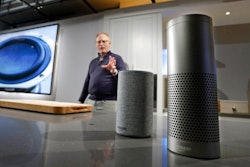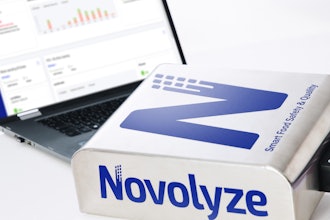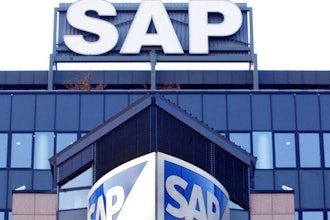With digital transformation, the Industrial Internet of Things (IIoT) brings a wide range of benefits to the manufacturing industry. From increasing operational efficiency and workplace productivity, to improving worker safety and adapting quickly to changing regulatory pressures, the value to a manufacturing operation is clear. However, as companies consider implementing IIoT at a larger scale, questions about the cost and value of IIoT bubble to the surface. Plant managers are asking themselves whether the cost they incur from IIoT will deliver real ROI — and if so, what kind of computing will provide the best results?
The answer is seemingly simple: a combination of cloud and edge computing will make for the most successful IIoT framework. However, it is also key to factor cost and ROI into the decision about exactly what combination of cloud and edge to implement — or plants risk losing money and cannibalizing results.
We’ve seen manufacturing and industrial companies in other industries — oil and gas, water and wastewater, and food and beverage for example — run into significant problems when they attempt a full IIoT roll out without a clear understanding of what is required. Before determining what blend of computing strategies is best for your plant, you must evaluate a few key considerations so you can figure out where to derive the most value. Ask yourself these questions to determine what balance of cloud and edge computing is right for you:
- Where are we using analytics and how much real-time capabilities are needed?: If real-time analytics is not a priority for your organization, cloud computing can certainly get the job done. Its near-real-time capabilities are more than adequate for many processing jobs. However, plant managers are starting to realize certain processes require real-time computing and are too critical to move to the Cloud. In order to cut cost and address latency concerns, you should look to push this computing to the network’s edge. Edge computing supports a vast amount of applications – and at lower price points than alternatives. These systems collect data for real-time analytics which help to improve plant floor operations, such as predictive device failure, keeping critical processes up and running.
- Where does the cost derive from?: It may feel less complicated to bypass existing plant infrastructure and automation systems to go straight for the IIoT technology, but this is exactly what some companies find to be the biggest culprit of unnecessary cost. In fact, as plant managers consider adding on real-time analytics and conducting historical analysis in the cloud, costs skyrocket quickly, especially as the required bandwidth to move data from the edge to the Cloud is not inexpensive. And, if companies don’t know how much data they’ll need to move between the edge and the Cloud, they can’t predict their Cloud costs. The pay-as-you-go model is inherently meant for fluctuations in usage and costs from month to month. The good news, however, is there are ways to address these unpredictable costs head-on. For one, an edge model makes what you’re paying for extremely transparent and the value becomes easier for plant managers to quantify internally, as there is no surprise that comes from improving productivity, efficiency, worker safety or product quality.
- What are my security needs?: It’s no surprise that added modernization and digitization causes security concerns for industrial companies when computing is pushed to the far reaches of the network. Edge computing can perform pre-processing so that only necessary data is sent to the Cloud, helping to improve security. With the ability to act as localized storage points from multiple sensors, edge computing systems provide analytics with instant feedback, which ultimately reduces the number of access points available to hackers to collect data. While cloud computing still offers security peace-of-mind, a focus on edge computing might be the way to go if security is a major concern for your plant.
Cloud continues to be the foundation for IIoT. But, up until recently, the only move for companies wanting to modernize their infrastructure and operations was to send their data to the Cloud. However, with edge coming into the spotlight, manufacturers need to weigh the options and determine which combination of the Cloud and edge is needed for a successful IIoT framework. Another thing to consider when introducing edge computing into your environments is infrastructure. As compute capabilities and applications move closer to the plant floor and away from those with the IT skill set to support and address issues that could arise, you must understand the importance of finding tools that are easy to install and service by localized operational technologists.
When the correct tools and computing types are applied, manufacturers will see real ROI and, generally, a decrease in cost. That said, the best combination of edge and the Cloud will ensure your plant’s data is protected from all perspectives — storage, maintenance, security — to realize that ROI.
John Fryer is senior director of industry solutions at Stratus Technologies.























